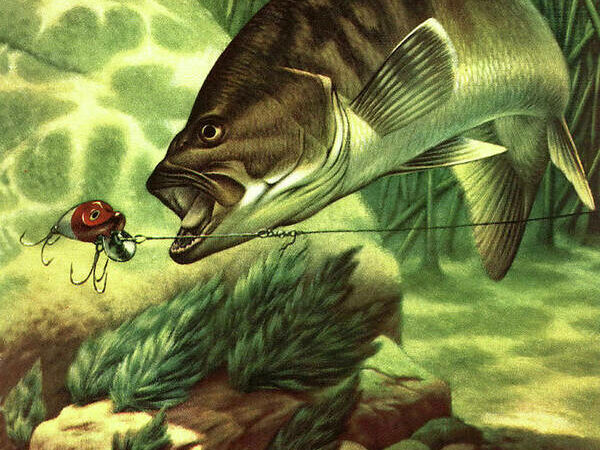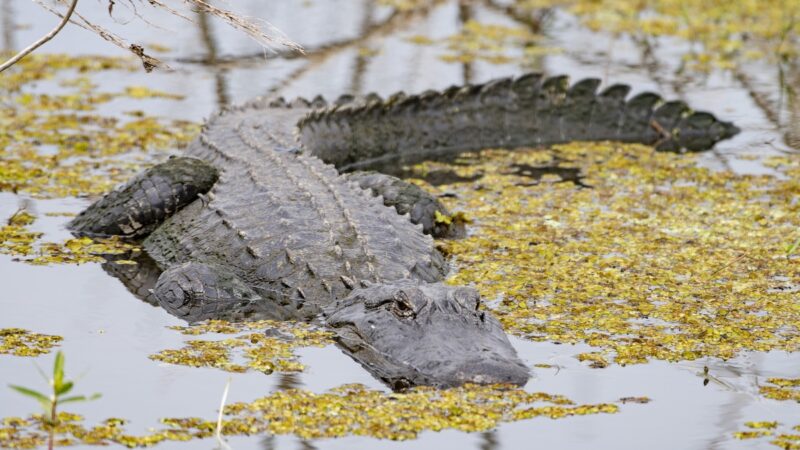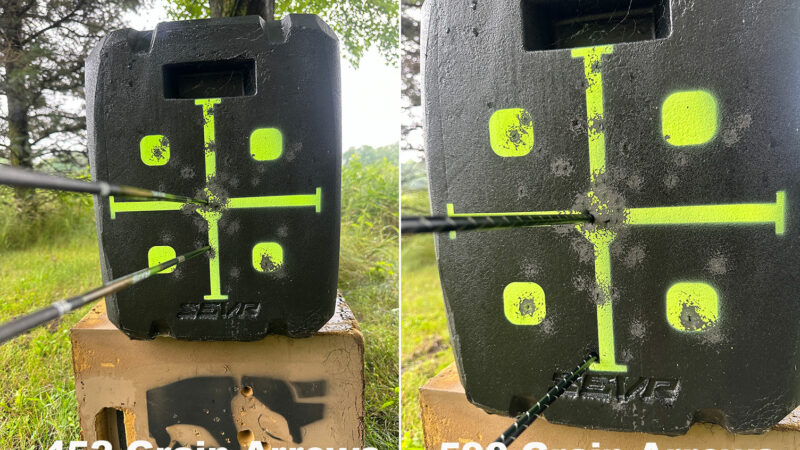Researchers Just Said California Could Support Up to 1,700 Grizzly Bears
One hundred years after the last grizzly bear was killed in California, a new study suggests the Golden State could realistically accommodate more than 1,000 of the endangered bears in its rugged and remote mountains.
But the feasibility study stresses that while the habitat could likely support a reintroduced population of grizzlies, it’s up to California residents, elected officials, and policy makers to determine if bears should return to the state with a golden grizzly on its state flag.
California currently has a robust population of black bears, whose population is estimated at 60,000. The first human fatality attributed to black bears in California history took place last April when an elderly woman was mauled in her home in the Sierra foothills.

The study, published by the California Grizzly Alliance earlier this month and first reported this week by the Los Angeles Times, is the first comprehensive look at the feasibility of recovering grizzly bears in California. Authors cite the state’s large blocks of protected landscapes and the availability of grizzly bears from other recovery zones, including the Northern Rockies and British Columbia. While California’s extirpated grizzly has traditionally been considered a distinct subspecies, current research indicates that “the state’s grizzlies were genetically indistinguishable from grizzlies living today in the Northern Rockies,” according to the study.
Modeling by the study’s editors, including Alex McInturff, a University of Washington researcher and authority in the social and ecological dimensions of wildlife conservation and management, indicate three area of “high-quality potential grizzly habitat, which are probably sufficient to support one or more viable populations” of grizzlies in California.

They include the Klamath Mountains, Trinity Alps, and other nearby ranges in the northwest quarter of California, the southern Sierra Nevada, and the Transverse Ranges from San Bernardino County to Santa Barbara County, “with a focus on the large protected areas of the Los Padres backcountry.”
The study pegs the estimated population of grizzly bears at 1,183 bears, with 115 in the Traverse Ranges, 832 in the Sierra Nevada, and another 236 in the northwest ranges. The total range is 424 bears at the low end of the estimate and 1,713 at the high end.
Whether California will ever host grizzly bears again remains an open question. The study authors note that griz are “extremely unlikely to return to the state on their own at any time in the near future. A well-planned, well-resourced, and well-managed reintroduction and recovery program could, however, likely, establish a sustainable California grizzly population in one or more recovery areas over several decades. This program may encounter a variety of challenges, but given public support and modest investments, there are probably no insurmountable obstacles to recovering grizzlies in California. Whether the bears return depends on the choices people make.”
While public conversations may wrestle with the question of restoring grizzlies, black bear managers are preparing for another spring of black-bear conflicts in the Golden State. Center of that activity is the Lake Tahoe Basin, home to an estimated 400 black bears, many of which have a tendency to become acclimated to human food, trash, and other attractants.
Read Next: When Grizzlies Ruled California
Earlier this month the state’s wildlife agency reminded residents to keep bear-attracting foods secure and to report any food-habituated bears to authorities.
The post Researchers Just Said California Could Support Up to 1,700 Grizzly Bears appeared first on Outdoor Life.
Source: https://www.outdoorlife.com/conservation/grizzly-bear-population-estimate-california/





